This work entitled Le Laboureur en couleurs by Auguste Morisot is an oil on paper.
The scene features a ploughman and his carriage, modest but principal figures. The composition is built around a diagonal line marked by the gentle slope of the land, reinforcing the impression of movement.
The small size of the ploughman and the horses, compared with the immensity of the landscape, lends the work great poetry and a symbolist sensibility. Indeed, the curve of the field suggests a calm, contemplative rhythm, while the horizon opens out towards an infinite sky.
This oil on paper is dominated by soft pastel shades, notably pinks, mauves and beiges, evoking the onset of twilight. The warm tones of the sky contrast subtly with the darker hue of the earth, creating a harmony that reinforces the atmosphere of serenity.
This work celebrates the intimate bond between man and nature, the daily toil and simplicity of rural life. The ploughman, in communion with his environment, personifies a form of nostalgia for a simple way of life close to the land, perhaps in reaction to the increasing urbanisation of the period. The work bears an annotation locating the scene in Chanly in the Belgian Ardennes. From 1921 onwards, Auguste Morisot spent every summer in this region, which was particularly close to his heart.
Auguste Morisot first studied at the École des Beaux-Arts in Lyon. Sent on a mission to Venezuela in 1886 by the Minister of Public Education, he accompanied the explorer Jean Chaffanjon to find the source of the Orinoco. He kept an illustrated diary containing numerous drawings, topographical maps and landscapes, all information that would prove useful to Jules Verne when he wrote Le Superbe Orénoque in 1898. Back in Lyon, Morisot taught art for almost fifty years.
Deeply affected by his expedition to the heart of the Venezuelan rainforest and enchanted by Indian civilisation, he discovered a sense of the divine. His painting, originally in the style of the Barbizon school, became more mystical, more symbolist (La Paix des prés, 1922; Le Paradis perdu, 1925).
Morisot, although a prolific artist, exhibited only occasionally. Posthumous exhibitions were devoted to her in 1996 at the Bibliothèque nationale in Paris, and in 2002, when an important collection of her drawings, oils, furniture and stained glass was presented at the Neumann Foundation in Gingins (Switzerland) for the exhibition Auguste Morisot. De l'Intimisme dans l'Art.






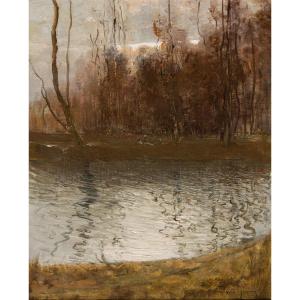
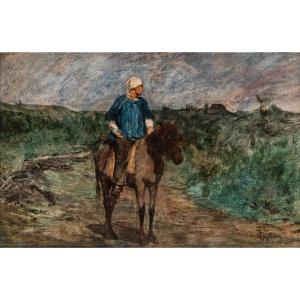
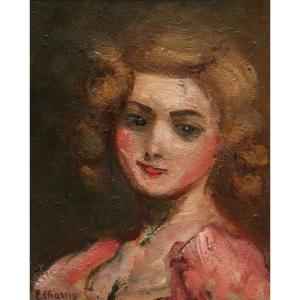
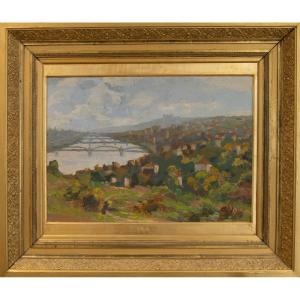
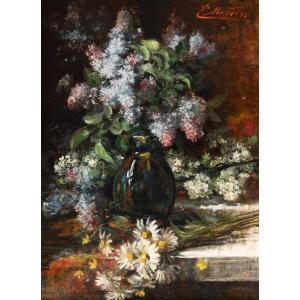


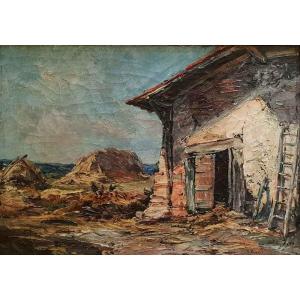

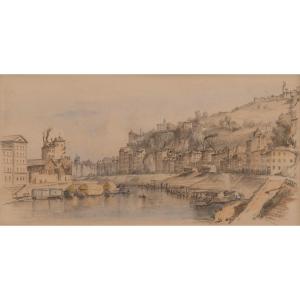
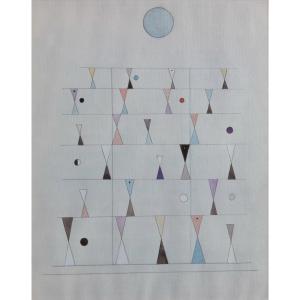
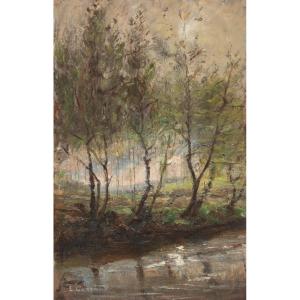

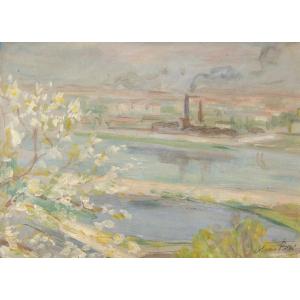








 Le Magazine de PROANTIC
Le Magazine de PROANTIC TRÉSORS Magazine
TRÉSORS Magazine Rivista Artiquariato
Rivista Artiquariato